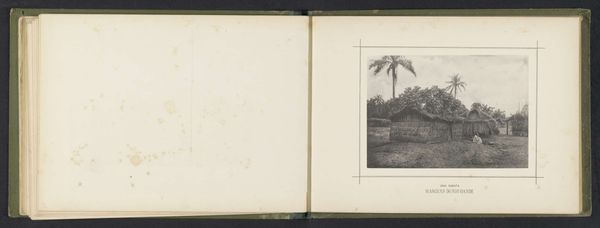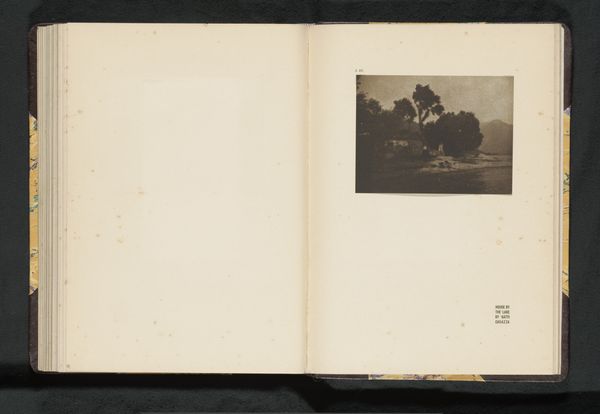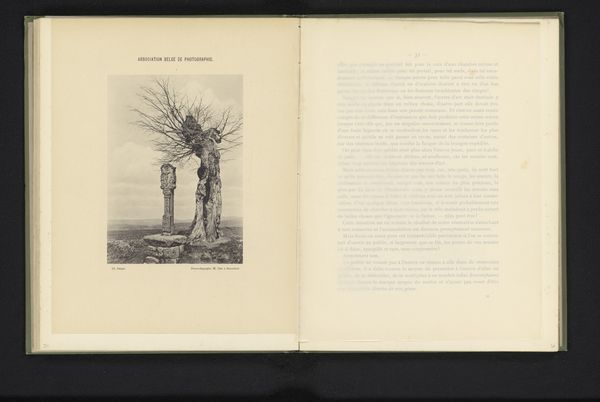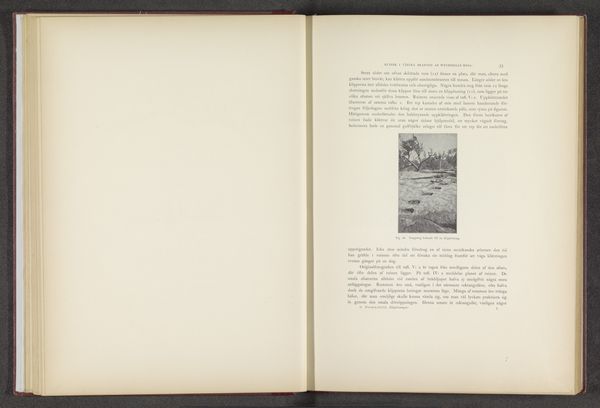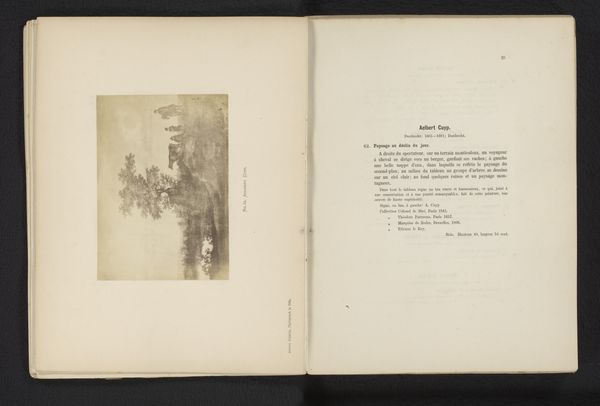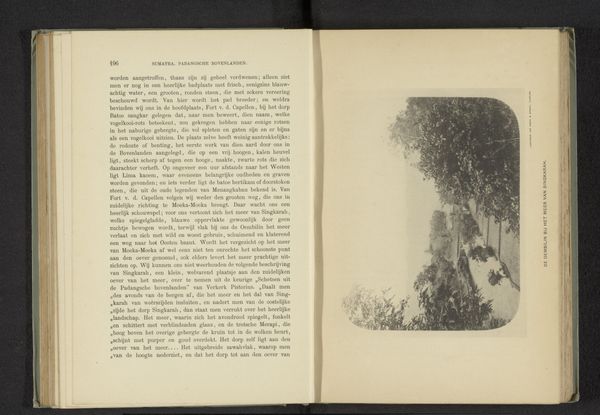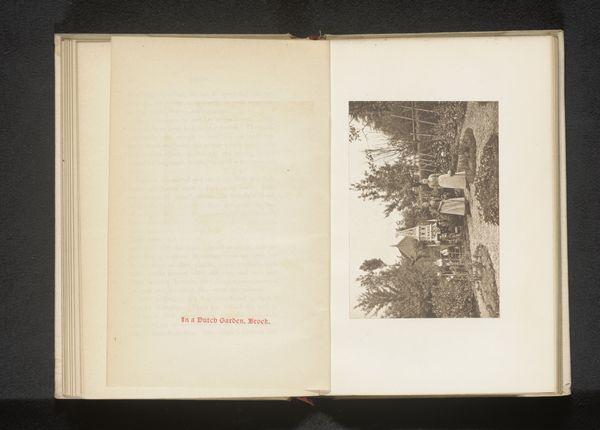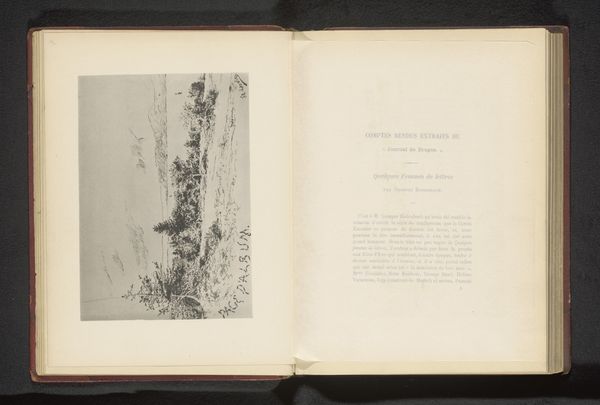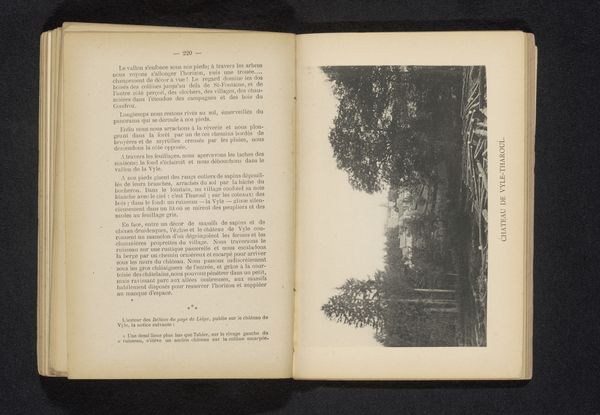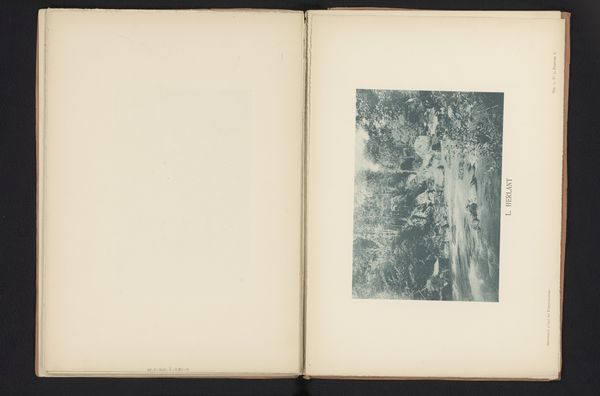
Twee vrouwen en een kind naast een waterpartij bij Biskra, Algerije before 1893
0:00
0:00
photography, photomontage, albumen-print
#
landscape
#
photography
#
photomontage
#
orientalism
#
albumen-print
Dimensions: height 247 mm, width 173 mm
Copyright: Rijks Museum: Open Domain
This photogravure by Jules Gervais-Courtellemont presents a scene of women and a child near Biskra, Algeria. The photogravure process itself is key to understanding this image. It begins with a photographic negative, transferred to a copper plate coated with light-sensitive gelatin. After exposure to ultraviolet light, the plate is etched in acid, with the depth of the etching corresponding to the tones in the photograph. Finally, the plate is inked and printed, resulting in a rich, velvety image with continuous tones. Consider the labor involved: from the photographer capturing the initial image, to the skilled artisans preparing and etching the copper plate, to the printer carefully pulling each impression. The photogravure elevated photography to the realm of fine art, yet it also relied on the hands of skilled workers, often uncredited, to bring the image to life. This intricate process, bridging photography and printmaking, reminds us that every image is the product of human effort.
Comments
No comments
Be the first to comment and join the conversation on the ultimate creative platform.
